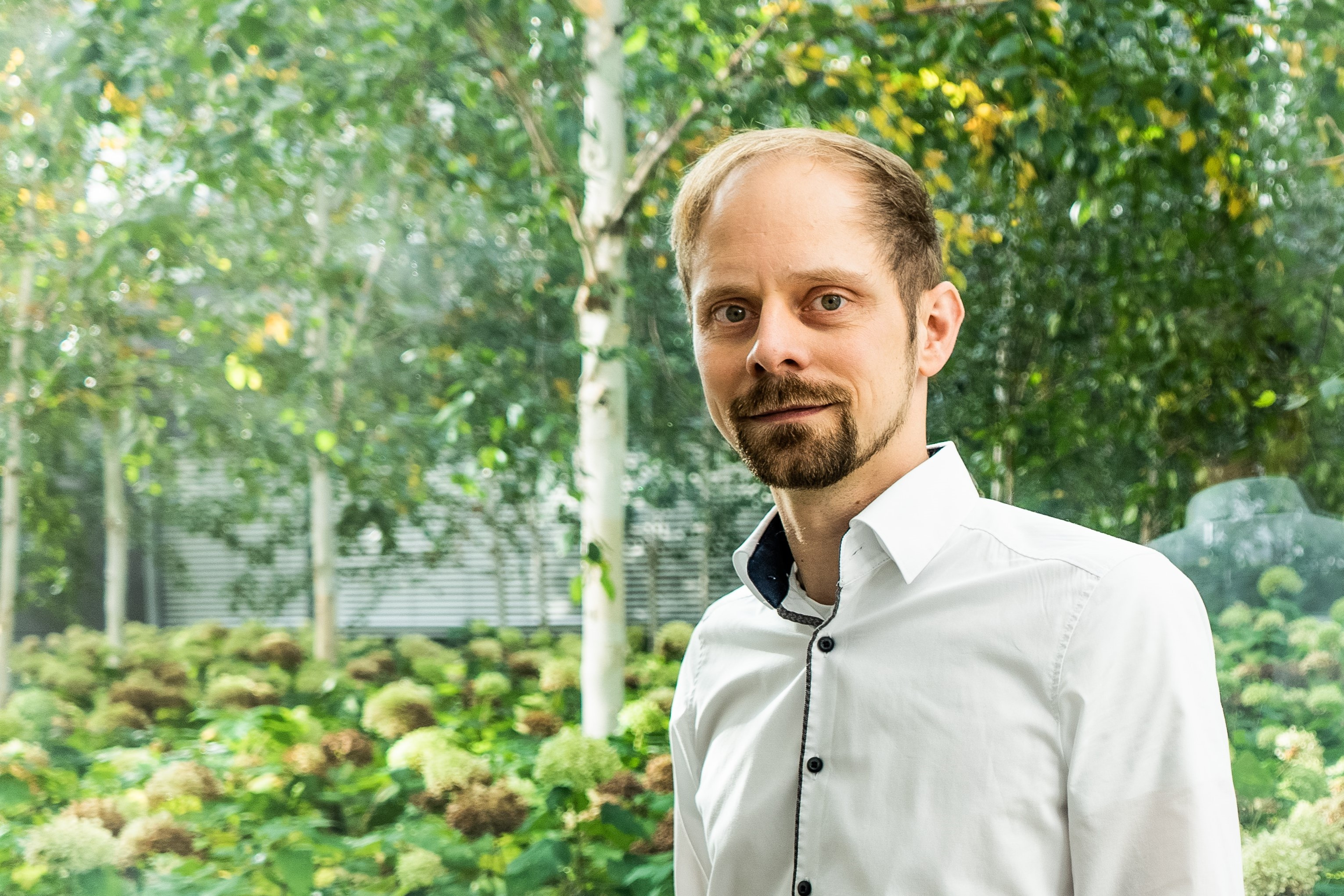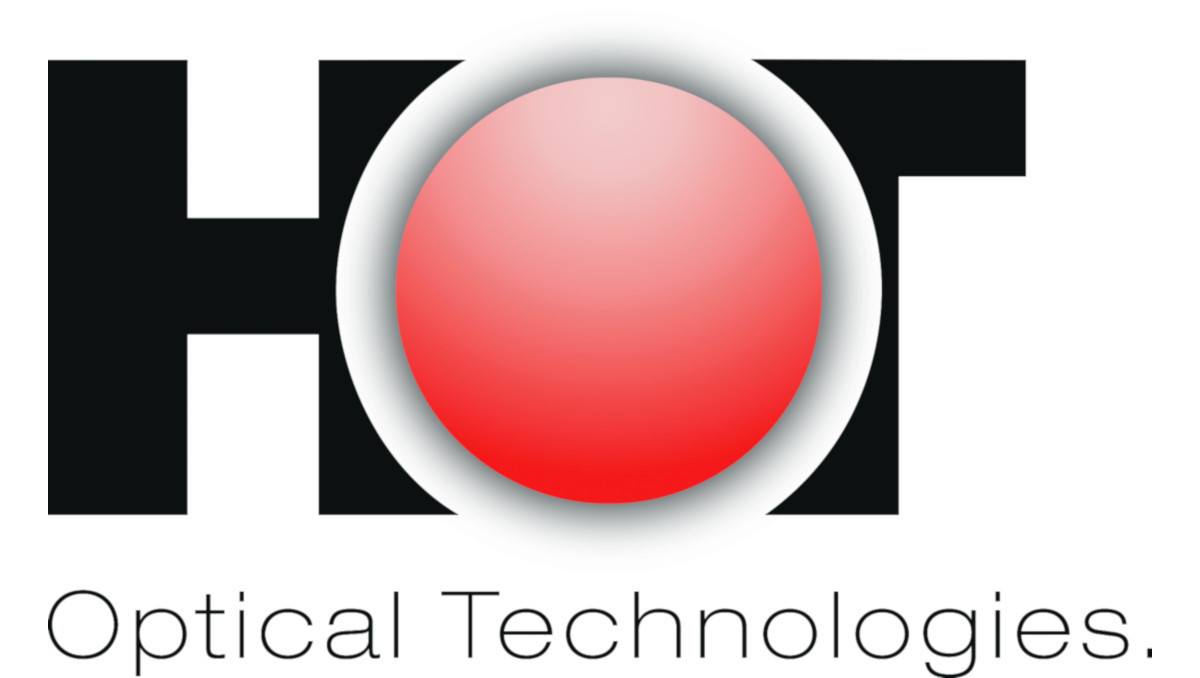


Lasers can be used to create tiny lesions in the sub-micrometer range, precise enough to alter tissue at the cellular level or even sub-cellularly. By using ultrashort laser pulses with pulse lengths ranging from hundreds of femtoseconds to a few picoseconds, these manipulations can be made without thermally affecting the surrounding cells - and even in 3D. Thus, laser processing represents an important tool for the study of biological processes.
The Phytophotonics department uses ultrashort laser pulses in the context of plant sciences. First, research is being conducted on how laser-based methods can be used to introduce molecular tools such as CRSIP/Cas9 into plant cells without additives [1]. In this way, a safe method for the targeted breeding of new varieties could be established. On the other hand, a laser processing method is being tested to generate microlesions in the cuticle of fruits. Therefore serving as a damage model to study the reaction of plants in detail to naturally occurring cracks in the outer layer of the fruit.
[1] Heinemann, D., Zabic, M., Terakawa, M. et al. Laser-based molecular delivery and its applications in plant science. Plant Methods 18, 82 (2022).
Development of a model system for laser-based induction of cracks in the cuticle



The cuticle is a waxy layer on numerous plant components exposed to the air. Among other things, it serves to regulate water losses. On apples, the stability of the cuticle is an essential criterion for maintaining quality: the growth of apples causes considerable tensile stress on the cuticle, which can lead to the development of microcracks. Along these microcracks, rusting occurs, which leads to a reduction in the fruit.
In close cooperation with the AG Knoche of the Institute for Horticultural Production Systems we are investigating the possibility of establishing a laser-based system for the in vitro generation of micro cracks. This would enable the systematic investigation of the interrelationships between microcrack propagation, water losses and, in perspective, russeting and thus provide the basis for future strategies to ensure fruit quality.
Contact


30167 Hannover


